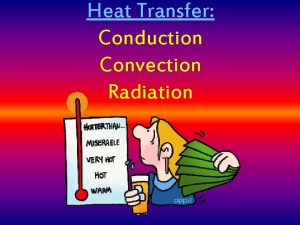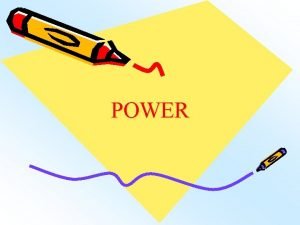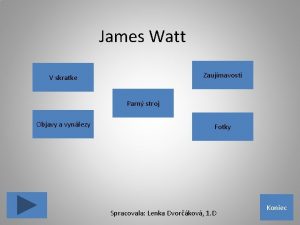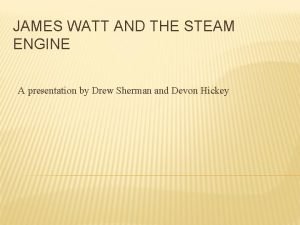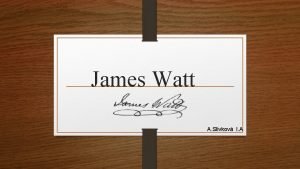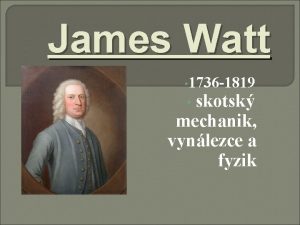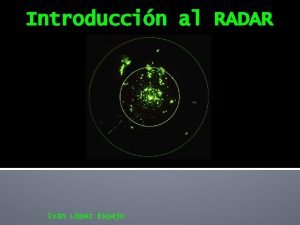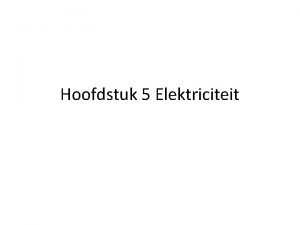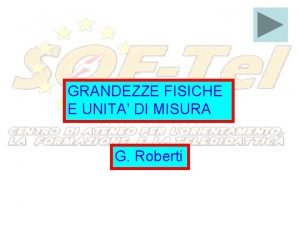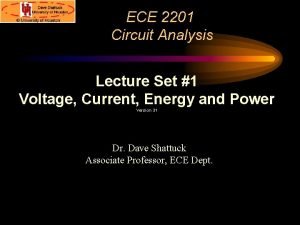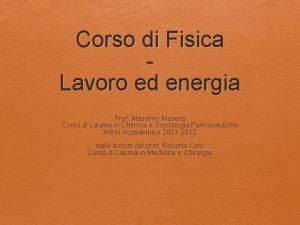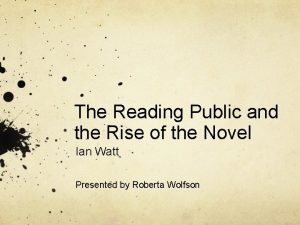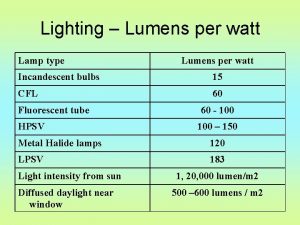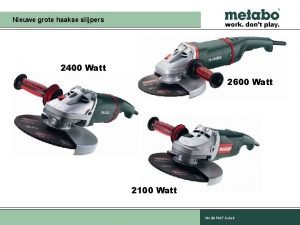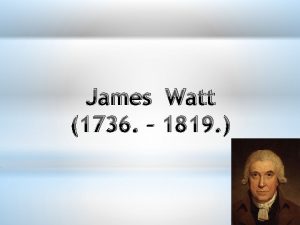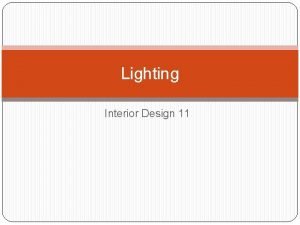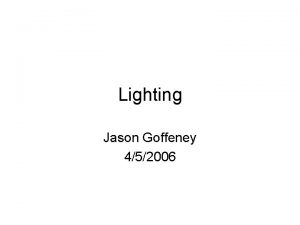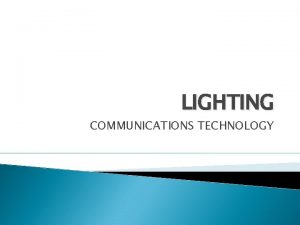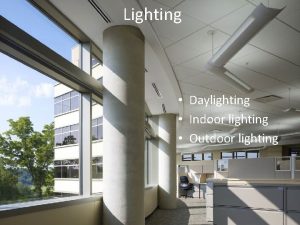Lighting Lumens per watt Lamp type Lumens per
















- Slides: 16

Lighting – Lumens per watt Lamp type Lumens per watt Incandescent bulbs 15 CFL 60 Fluorescent tube HPSV 60 - 100 – 150 Metal Halide lamps 120 LPSV 183 Light intensity from sun Diffused daylight near window 1, 20, 000 lumen/m 2 500 – 600 lumens / m 2

Lighting purpose – General or Visual tasking ?

• Tube lights in use presently in India are T 12 (40 w) & T 8 (36 W) • T 12 implies that the tube diameter is 12/8” (33. 8 mm), • T 8 implies diameter of 8/8” (26 mm) • and T 5 implies diameter of 5/8” (16 mm). • This means that the T 5 lamp is slimmer than 36 W slim tube • The advantage of the T 5 lamps is that due to its small dia • luminaire efficiencies can be improved by about 5%. • However, these lamps are 50 mm shorter than T 12 and T 8 • which implies that the existing luminaires cannot be used

Lighting & Power Factors ELECTRICAL LOADS & APPLICATION Lighting Incandescent lamp Florescent lamp Above with e-ballast Mercury vapor lamp Sodium vapor lamp Induction motor unloaded to full loaded Welding Resistance welding Arc welding Induction furnace Electrical furnace Arc Furnace Resistance Furnace POWER FACTOR 1. 00 0. 5 – 0. 6 0. 95 0. 5 - 0. 6 0. 15 - 0. 85 0. 6 0. 5 0. 6 – 0. 8 0. 7 - 0. 8 1. 00

LED panel lamps for neon bulbs • Panel indicator lamps are used widely in industries for monitoring, fault indication, signaling, etc. Conventionally filament lamps, which has got the following disadvantages • • • High energy consumption (15 W/lamp) Failure of lamps is high (Operating life less- 10, 000 hrs. Very sensitive to voltage fluctuations • The LEDs have the following merits over filament lamps. • Lesser power consumption (Less than 1 W/lamp) • Withstand high voltage fluctuation in power supply. • Longer operating life (more than 1, 000 hours) • It is recommended to install LEDs for panel at design stage

Lighting loss - examples • Electronic ballast in place of conventional choke gives savings of 20% • CFL amp in place of GLS lamp saves 70 % • Illumination levels fall by 20 – 30 % due to collection of dust. Clean lamps & fixtures • 36 W Vs 40 W tube light saves 8 – 10 % • Sodium vapor lamps in place of mercury vapor lamps for area lighting application saves up to 40 %

Energy Auditing

The Inverse Square Law • The inverse square law defines the relationship between the luminance from a point source and distance. • It states that the intensity of light per unit area is inversely proportional to the square of the distance from the source (essentially the radius). • E = Luminance, I = Luminous intensity and d = distance • An alternate form, taken conveniently : E 1 d 1² = E 2 d 2² • You measure 10. 0 lm/m² from a light bulb at 1. 0 meter. What will the flux density be at half the distance? • Soln. E 1 m = (d 2 / d 1)² * E 2 = (1. 0 / 0. 5)² * 10. 0 = 40 lm/m²

Variation in Light Output and Power Consumption Particulars 10% lower voltage Fluorescent lamps Light output Decreases by 9 % Power input Decreases by 15 % HPMV lamps Light output Decreases by 20 % Power input Decreases by 16 % Mercury Blended lamps Light output Decreases by 24 % Power input Decreases by 20 % Metal Halide lamps 10% higher voltage Light output Power input HPSV lamps Light output Power inpu LPSV lamps Light output Power input Decreases by 30 % Decreases by 20 % Increases by 30 % Increases by 20 % Decreases by 28 % t Decreases by 20 % Increases by 30 % Increases by 26 % Decreases by 4 % Decreases by 8 % Decreases by 2 % Increases by 3 % Increases by 8 % Increases by 20 % Increases by 17 % Increases by 30 % Increases by 20 %

Light pipe: This is a reflective tube that brings clean light from the sky into a room, These are Aluminum tubes having sliver lining inside. One 13” light pipe can illuminate about 250 sq. ft of floor area with an luminance of 200 lux. A 4 ft length of light pipe of the above size provides a daytime average of 750 watts of the emerging technologies.

Use of atrium with FRP dome in the basic architecture can eliminate the use of electrical lights in passages of tall buildings.

Low Loss Electromagnetic Chokes for Tube Lights • The loss in standard electromagnetic choke of a tube light is likely to be 10 to 15 Watts. • Use of low loss electromagnetic chokes can save about 8 to 10 Watts per tube light. • The saving is due to the use of more copper & low loss steel laminations in choke, leading to lower losses • Many industries have implemented this measure.

The most important element in a light fitting is the reflector. They impact on how much of the lamp’s light reaches the area to be lit as well as the lighting distribution pattern. Reflectors are generally either diffuse (painted or powder coated white finish) or specular (polished or mirror-like). The degree of reflectance of the reflector material and the reflector’s shape directly influence the effectiveness and efficiency of the fitting. Conventional diffuse reflectors have a reflectance of 70 -80% Newer high reflect anchor semi-diffuse materials have reflectance high as 85%. Conventional diffusers absorb much of the light and scatter it rather than reflecting it to the area required.

Healthy Lighting Practices • Separate switch for different applications: Install separate switches for smaller areas. Often in large buildings, dozens of lights are controlled by a single switch, and not all of them need to be on. These lights can be rewired into small groups of lights, fans etc. • Best of lights. Remove excess lights. Many older office and warehouse buildings have more lighting than needed. In many areas, half the light may be sufficient to light the area. When removing excess tubes, remember to disconnect ballasts that serve them. • Saving through occupancy sensors. In rooms that are not occupied constantly, such as conference rooms, lunchrooms and bathrooms, occupancy sensors will automatically turn lights on when people enter the room and off after they leave. Lighting accounts for 40 percent of energy used in office buildings.

PCRA MISSION & OBJECTIVE Mission : Efficient Energy Utilisation & Environmental Protection to improve Quality of Life Objective : Promote the Ways to Conserve & Create ENERGY AWARENESS among the Public & the Industry

Conserve Energy & Serve Nation • www. pcra. org • www. energymanagertraining. com • Please go through the Govt. Website • And you will find mine & more articles on Industry Thank You - • S. ASHOK, PCRA Faculty BEE certified Energy Auditor COIMBATORE – 05. call : - 9 4 4 3 7 - 2 0 2 2 0 email : ashok. anbesivam@gmail. com For more details please visit my site • www. energymeasuretosave. com •
 Type of thermal energy transfer
Type of thermal energy transfer Watt definition
Watt definition Shakers inventions
Shakers inventions Dr gerd kirchhoff
Dr gerd kirchhoff James watt zaujímavosti
James watt zaujímavosti Steam engine
Steam engine James watt životopis
James watt životopis James watt
James watt Fdarc
Fdarc Robert watson watt radar
Robert watson watt radar Grootheden en eenheden tabel elektriciteit
Grootheden en eenheden tabel elektriciteit Unità di misura watt
Unità di misura watt Ece 2201
Ece 2201 Watt unità di misura
Watt unità di misura Ian watt rise of the novel summary
Ian watt rise of the novel summary Komponen sistem kendali
Komponen sistem kendali Adrienne watt project management
Adrienne watt project management
